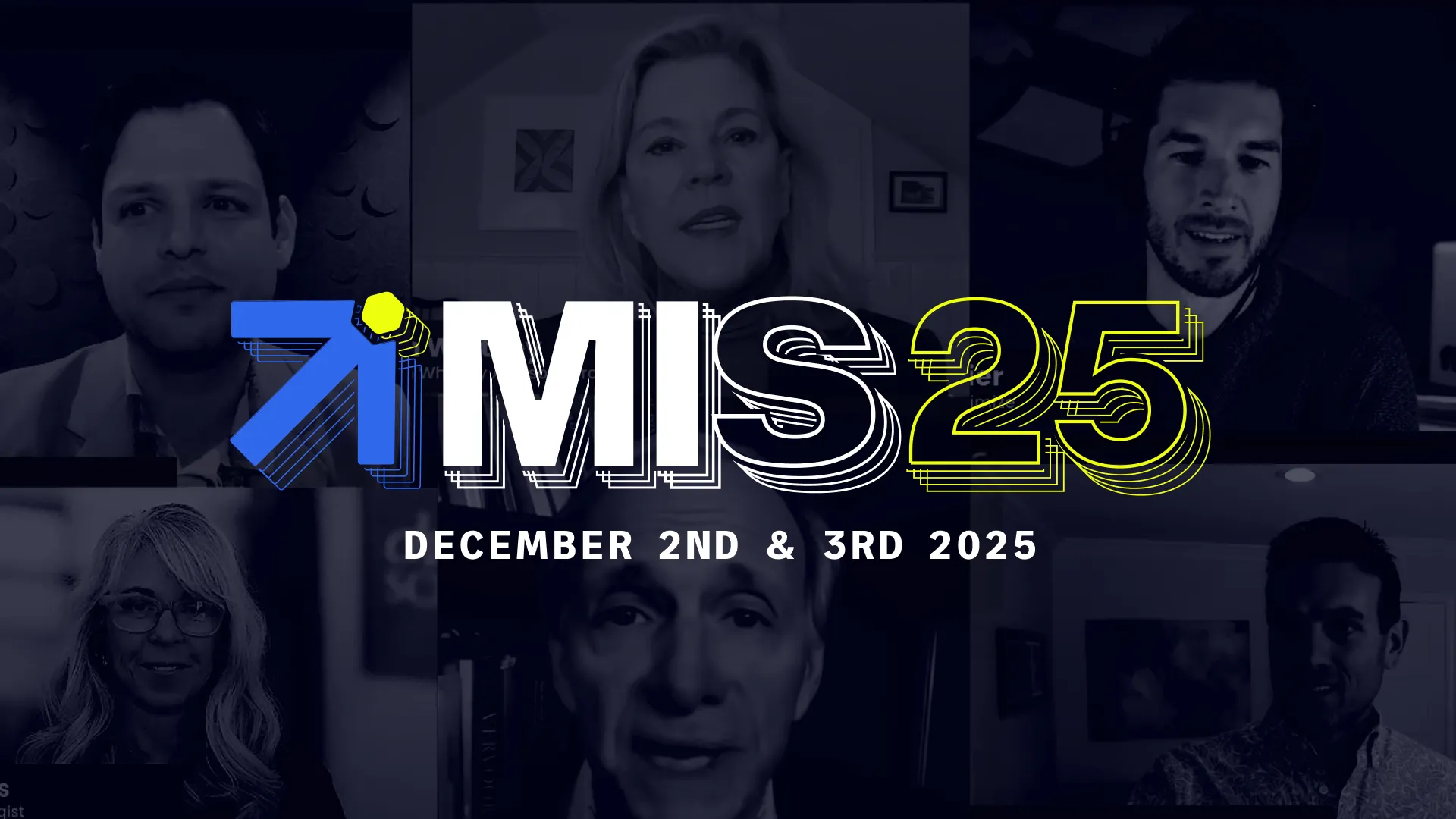“Why should I care?”
That’s the question we imagine an investor asking every time we – the Finimize team of editors and former bulge-bracket bank analysts – write a piece of news.
And that’s what we deliver. No clickbait titles or promises of quick wins – just thoughtfully crafted content that tells our readers what happened and why it matters. Unbiased, apolitical, and jargon-free.
That’s won us a community of over a million modern retail investors.
Here’s how to do the same.
How do we know what retail investors care about?
The first part is simple: we’re constantly checking what our community has shown interest in. Every year, we have over five billion data points to track – stemming from event feedback to survey responses (notably, the Modern Investor Pulse), and proprietary data tracking engagement across some 20,000 pieces of financial news, analysis, and guides.

One of our company mantras is: “Look at the data and trust your gut”. As well as focusing on what we know our audience wants, we lean into our analysts’ expertise and write about what they think our readers should know.
That isn’t a small, daily change in an asset’s price. It’s not clickbait topics with little substance behind them, either, or generic finance news covered by every other publication that day.
We cover:
- “Big shift” moments – a change in monetary policy, a major deal, a significant selloff – that could impact investors’ portfolios.
- Earnings of important companies and, crucially, what they mean for related stocks and sectors.
- News that could impact the world’s investing leagues: think Chinese tech launches, Indian IPOs, Saudi Arabian oil production cuts.
Selectiveness is the key pillar of our newsletter. Our hard limit is two news stories that actually matter a day. But this approach shapes our longer-form content, too.
What matters when?

We only cover the important stuff – but that’s still a lot of news and we’re a small team. That’s why we use the Eisenhower Matrix to prioritize our content and bring out the best version of a story.
If something is urgent and important – like the Federal Reserve cutting interest rates or a significant, seemingly sustained selloff – we need to get it shipped out asap. These stories end up being one of the two in our daily newsletter. Mind you, we don’t just tell the reader what happened, we explain why they should care by illustrating a wider-reaching impact for investors and giving actionable takeaways.
.webp)
Many stories are important but not urgent. Say, three stock metrics that matter this year, or an investing update from the likes of Warren Buffett or a big bank. Our readers will care about this stuff (and they should) – but we can take some more time for independent research and analysis. This ends up forming our insights and guides.
By allowing more time for these pieces, we can fully expand on what matters here to give our readers the full story, without compromising on starts since they’re not necessarily bound to a specific or temporary market move.
The rest: it’s either urgent but not important, or neither of the two. At our HQ, we cut both.
No rule-breakers here. Read more about how we keep our (and our partners') news compliant.
How do we make our stories different?
Our analysts write the pieces in partnership with our editors.
Our editors are stand-ins for readers: they hold our analysts to account, asking questions that might’ve been left unanswered, and making sure the dots are connected in a way that’s educational, informative, and entertaining. We have a tone of voice that is proven to resonate with our audience. See, 46% of our community started investing after a conversation with a trusted friend or colleague, so we aim to sound like your smartest friend, while prioritizing clarity above all else.
After all, plenty of fintech content fails not because people don’t care – but because it’s too much work to read. Long rambles. Sentences that could be short paragraphs. Jargon that makes someone switch off or worse, feel left behind.
As a writer, it’s easy to lean on complex terms and structures in a bid to sound informed. We think that if our writing is too simple, we may look less educated next to a technical piece. But readers don’t like feeling dumb: if they need to re-read a sentence to understand it, you’ve lost them – and that’s on you. (This is especially important during a crisis: your potential readers are on edge. They’re distracted, anxious, and short on time.)
So your content must be as easy to read as it is to scroll past. That’s why we follow the Hemingway Rule, a writing style underpinned by short sentences, simple words, and active voice.
So we don’t say: “In light of recent macroeconomic developments, central banks may consider implementing further stimulus measures.” We say: “Central banks might cut rates again.” The same message. One feels like a press release. The other feels like someone explaining it to you straight. Write it like you’d say it.
(This might not be your company’s voice. If so, check out our guide to giving your fintech a voice that stands out.)
We’re competing in a busy space. Not just financial content-wise, but we’re fighting for our readers’ attention when they’re one click away from TikTok or iPhone Sudoku. (Seriously, try it.)
Our readers don’t have time for a slow burn. If your content builds slowly – if it’s meandering or superficially academic – you’ll lose your reader before you’ve even made your point. If you fail to catch a reader’s attention by promoting the point that actually matters to them, they’ll read your competitor’s article instead.

That’s why we use a model trusted by newspaper journalists: the inverted pyramid. You lead with the most important takeaway, then give context or explanation – and finally, background or next steps, if they’re still with you. That way, even if your readers don’t reach the end of the piece, they’ll come away with the key information and (most importantly) a good impression of your content, making them more likely to come back for more.

No really: why should you care?
Our high standards mean we work really hard on each piece of content. It’s tiring work, but it’s worth it. You can skip the whole “tortured writer” thing, though. With Finimize Content, you can offer your users our daily and weekly news content as well as our in-depth analysis and evergreen educational guides. We promise, it’s good stuff.
Or if you want something unique to you, we can put all that effort and hard work into creating something just for you, from standalone pieces to entire content journeys. (That’s equally good stuff, too.)

Get in touch or book a free two-week trial here.
Grow your business
with Finimize
Our Partners















.webp)

